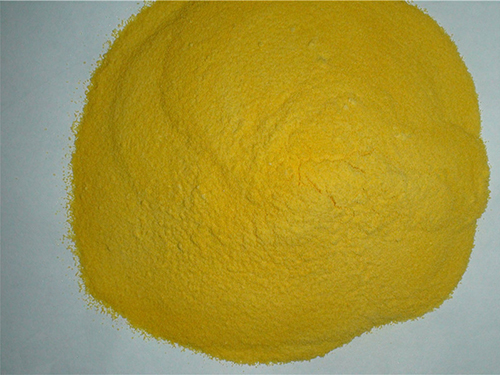anionic polyacrylamide flocculant
Understanding Anionic Polyacrylamide Flocculants Applications and Benefits
Anionic polyacrylamide (APAM) is a synthetic polymer widely utilized in various industries for its flocculating properties. This water-soluble polymer has gained significant attention due to its effectiveness in aiding the separation of solid particles from liquids, making it crucial in fields such as water treatment, mining, and paper manufacturing. This article delves into the composition, functions, applications, and advantages of anionic polyacrylamide flocculants.
Composition and Properties
Anionic polyacrylamide is a polymer formed by the polymerization of acrylamide, with anionic groups (negatively charged) introduced to the chain. This modification enhances the polymer's ability to attract positively charged particles, making it highly effective in flocculation processes. APAM is distinguished from its cationic and nonionic counterparts primarily by its charge, influencing its interaction with various materials in suspension.
The molecular weight of anionic polyacrylamide can vary widely, impacting its viscosity and flocculation efficiency. Typically, it can range from several hundred thousand to several million Daltons. This variability allows for customization based on specific industrial needs, optimizing its performance for different applications.
Mechanism of Flocculation
The flocculation process facilitated by anionic polyacrylamide involves several key mechanisms. When added to a suspension, the negatively charged polymer molecules collide and adhere to positively charged particles, forming larger aggregates or flocs. This aggregation enhances the removal of suspended solids through sedimentation or filtration processes. The efficiency of APAM as a flocculant often depends on factors such as concentration, ionic strength, and interaction with other chemicals.
Applications
1. Water Treatment One of the primary applications of anionic polyacrylamide is in water treatment plants, where it aids in the removal of particulate matter and sediments. By promoting floc formation, APAM improves the clarity of water and reduces the load on filtration systems.
2. Mining and Mineral Processing In the mining industry, APAM is employed to enhance the recovery of minerals and improve the separation of ore from waste materials. It facilitates the clarification of slurries, leading to better recovery rates and more efficient processing.
anionic polyacrylamide flocculant

3. Paper and Pulp Industry Anionic polyacrylamide is used in the paper industry as a retention aid and for improving drainage. By promoting the formation of flocs, APAM increases the retention of fibers and fillers, thus enhancing paper quality and reducing waste.
4. Agriculture APAM is also utilized in agriculture to stabilize soil and improve water retention in arid regions. It can help reduce soil erosion and enhance the soil structure, which is beneficial for crop production.
Benefits of Anionic Polyacrylamide
The use of anionic polyacrylamide flocculants offers numerous benefits across various industries
- Efficiency The flocculating power of APAM is high, allowing for quick and efficient removal of suspended solids, which translates to lower operational costs in industrial processes.
- Versatility APAM can be tailored to meet specific industrial requirements due to its adjustable molecular weight and charge properties, making it suitable for diverse applications.
- Environmentally Friendly Many formulations of anionic polyacrylamide are considered safe for the environment when used as directed, contributing to sustainable practices in water and waste management.
- Improved Product Quality In industries like paper and mining, using APAM enhances the quality of the final product by improving recovery rates and material retention.
Conclusion
Anionic polyacrylamide flocculants play a pivotal role in enhancing the efficiency of various industrial processes. Their ability to facilitate the removal of suspended solids has made them indispensable in applications ranging from water treatment to agriculture. As industries continue to seek more effective and environmentally friendly solutions, the importance and utilization of APAM are likely to grow, contributing to improved sustainability and operational efficiency in the years to come. With ongoing research and development, the potential for anionic polyacrylamide in innovative applications remains vast, paving the way for future advancements in technology and environmental management.
-
Water Treatment with Flocculant Water TreatmentNewsJun.12,2025
-
Polymaleic AnhydrideNewsJun.12,2025
-
Polyaspartic AcidNewsJun.12,2025
-
Enhance Industrial Processes with IsothiazolinonesNewsJun.12,2025
-
Enhance Industrial Processes with PBTCA SolutionsNewsJun.12,2025
-
Dodecyldimethylbenzylammonium Chloride SolutionsNewsJun.12,2025





